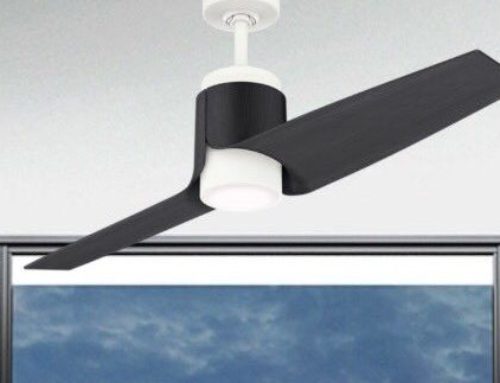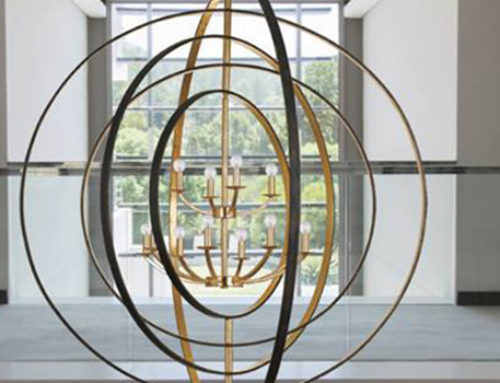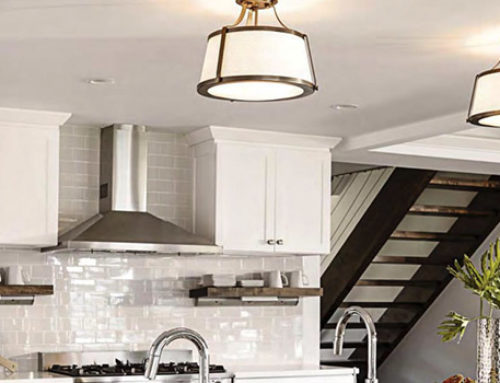After 130 years the incandescent light bulb Thomas Edison’s revolutionary invention will be dimming from existence as California turns the light switch off on 40, 60, 75, and 100 watt incandescent light bulbs.
Beginning Jan. 1, 2014 light bulb manufacturers will no longer make the traditional incandescent light bulb. California has implemented the ban on them and stores will eventually sell out of current supplies. Consumers will have no choice but to purchase a more efficient light bulbs that use no more than 72 watts, including halogen incandescent, compact fluorescent and light-emitting diode (LED).
Incandescent light bulbs create light by passing an electric current through a tungsten wire filament, wasting 90% of the electricity they produce is heat instead of light. According to the Natural Resources Defense Council the new standards will help cut our nation’s electric bill by over $10 billion a year and will save the equivalent electricity of 30 large power plants.
The change is part of the federal Energy Independence and Security Act that President George Bush signed in 2007. The act requires new bulbs to use 25 to 30 percent less energy to reduce greenhouse gas emissions. California was allowed to adopt the national standard one year earlier.
Australia was the first to begin phasing out incandescent light bulb beginning in 2009, followed by the European Union, the Philippines and Argentina. The newer technology is more expensive than the traditional incandescent, but can pay in the long run; they last much longer and there is a substantial energy savings.
What to do…?
Halogen lamps, (closest to your traditional incandescent), are a type of incandescent lamp with improved efficiency over regular (rare earth gas-filled or partial vacuum) incandescent lamps. Though not as energy efficient as other alternatives, they are up to 40 percent more efficient than standard incandescent lamps designed for a 2000 hour life. The high operating temperature of halogen bulbs may be a safety hazard in some applications.

A compact fluorescent lamp (CFL) uses a fluorescent lamp tube which is curved or folded to fit into the space of an incandescent bulb and contains a compact electronic ballast in the base of the lamp. Compared to general-service incandescent lamps giving the same amount of visible light, CFLs use 1/5 to 1/3 the electric power, and may last eight to 15 times longer.

Light Emitting Diode (LED) lamps are used for both general and special-purpose lighting. Compared to fluorescent bulbs, advantages are that they contain no mercury, turn on instantly at any temperature, are more energy efficient, long lifespan, no glass to break, don’t emit UV rays that fade and operate with virtually no heat. Basically, instead of emitting light from a vacuum (as in an incandescent bulb) or a gas (as in a CFL), an LED emits light from a piece of solid matter.
But if you are still a fan of the traditional incandescent light bulb, (providing a softer warmer glow that as of yet has not been able to be duplicated by its infiltrators)… you can still purchase them from Westlake Village Lighting & Accessories.
Please call to inquire supplies are limited! 818-889-0087




